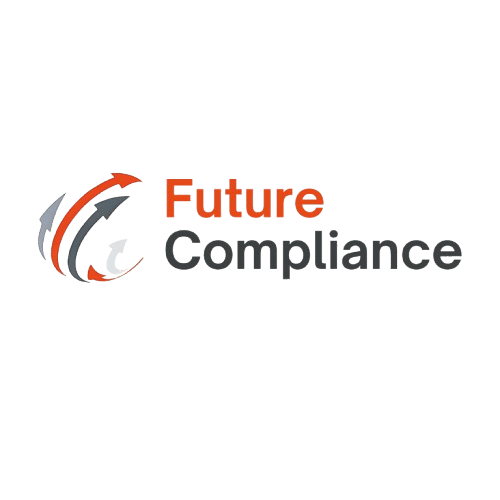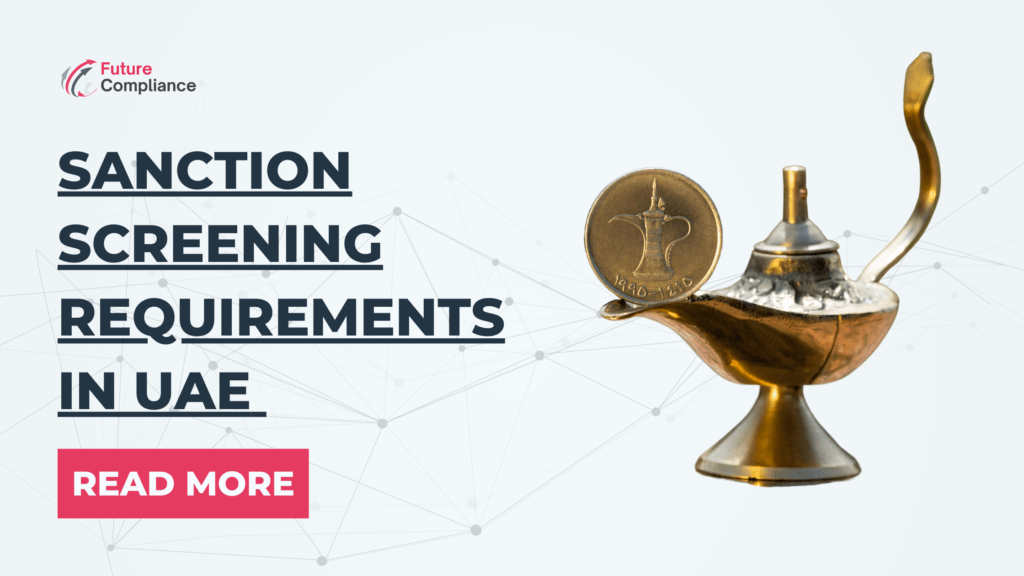Table of Contents
- Introduction
- What is AML?
- Importance of AML/CFT
- AML Regulations in UAE
- Role of Auditing in AML/CFT
- Benefits of Effective Auditing
- Challenges in AML Auditing
- Technology and AML Auditing
- Training and Certification for AML Auditors
- Auditing Techniques for AML Compliance
- Risk Assessment in AML Auditing
- Reporting and Documentation in AML Auditing
- Collaboration between Auditors and Compliance Officers
- Emerging Trends in AML Auditing
- Case Studies: AML Failures and Lessons Learned
- The Future of AML Auditing
- Conclusion
- FAQs
Introduction
Welcome to the world of AML (Anti-Money Laundering), CFT (Counter Financing of Terrorism), and auditing in the UAE. In this article, we will explore the intersection of these topics and their importance in today’s financial landscape.
What is AML?
AML refers to the set of laws, regulations, and procedures designed to prevent criminals from disguising illegally obtained funds as legitimate income. It aims to detect and deter money laundering activities, ensuring the integrity of the financial system.
Importance of AML/CFT
AML/CFT measures are crucial for maintaining the stability and reputation of financial institutions. They help prevent financial crimes, protect the economy, and ensure compliance with international standards.
AML Regulations in UAE
The UAE has implemented comprehensive AML/CFT regulations to combat money laundering and terrorist financing. These regulations align with international standards and require financial institutions to establish robust compliance programs.
Role of Auditing in AML/CFT
Auditing plays a critical role in ensuring the effectiveness of AML/CFT measures. It involves assessing the implementation of policies, procedures, and controls to identify any weaknesses or gaps that could be exploited by money launderers or terrorist financiers.
Benefits of Effective Auditing
An effective auditing process helps financial institutions identify and mitigate risks, enhance operational efficiency, maintain regulatory compliance, and safeguard their reputation. It provides assurance to stakeholders that AML/CFT measures are being followed diligently.
Challenges in AML Auditing
AML auditing presents various challenges, including the complexity of financial transactions, evolving money laundering techniques, and the need for specialized skills and knowledge. Auditors must stay updated with the latest trends and regulations to effectively address these challenges.
Technology and AML Auditing
Technological advancements, such as artificial intelligence and machine learning, are revolutionizing AML auditing. These tools help automate processes, improve data analysis, and enhance the detection of suspicious activities.
Training and Certification for AML Auditors
Given the specialized nature of AML auditing, professionals in this field undergo rigorous training and certification programs. These programs equip auditors with the necessary knowledge and skills to conduct thorough AML/CFT audits.
Auditing Techniques for AML Compliance
Auditing techniques for AML compliance include transaction monitoring, customer due diligence, risk assessments, and testing of internal controls. These techniques help auditors identify potential vulnerabilities and ensure adherence to AML/CFT regulations.
Risk Assessment in AML Auditing
Risk assessment is a crucial component of AML auditing. It involves evaluating the risks associated with clients, products, services, and geographic locations. This assessment helps auditors prioritize their efforts and allocate resources effectively.
Reporting and Documentation in AML Auditing
Accurate and comprehensive reporting and documentation are essential in AML auditing. Auditors must maintain detailed records of their findings, recommendations, and the actions taken by the financial institution to address any identified deficiencies.
Collaboration between Auditors and Compliance Officers
Effective collaboration between auditors and compliance officers is crucial for successful AML/CFT audits. Both parties must work together to ensure compliance, share knowledge, and address any issues or concerns that may arise during the auditing process.
Emerging Trends in AML Auditing
AML auditing is continuously evolving to keep pace with the changing landscape of financial crimes. Emerging trends include the use of big data analytics, artificial intelligence, and blockchain technology to enhance the effectiveness and efficiency of audits.
Case Studies: AML Failures and Lessons Learned
Examining real-world case studies of AML failures provides valuable insights into the consequences of inadequate AML/CFT measures. These case studies highlight the importance of robust auditing procedures and the need for continuous improvement.
The Future of AML Auditing
The future of AML auditing holds promising advancements in technology, increased collaboration between stakeholders, and stricter regulatory requirements. Auditors must adapt to these changes and embrace innovative approaches to effectively combat financial crimes.
Conclusion
AML/CFT and auditing play vital roles in safeguarding the integrity of the financial system. By implementing effective AML measures and conducting thorough audits, financial institutions can protect themselves and contribute to the global fight against money laundering and terrorist financing.
FAQs
-
What are the penalties for non-compliance with AML regulations?
Penalties for non-compliance with AML regulations vary depending on the jurisdiction and the severity of the violation. They can include fines, license revocation, and even criminal charges.
-
How often should AML audits be conducted?
The frequency of AML audits depends on the risk profile of the financial institution. Generally, audits should be conducted at least annually, but high-risk institutions may require more frequent audits.
-
What is the role of the UAE Central Bank in AML/CFT?
The UAE Central Bank is responsible for overseeing the implementation of AML/CFT regulations in the country. It sets guidelines, conducts inspections, and ensures compliance by financial institutions.
-
Can technology completely replace human auditors in AML/CFT?
While technology can enhance the efficiency of AML audits, human auditors play a critical role in interpreting data, making judgment calls, and assessing the overall effectiveness of AML/CFT measures.
-
What are some red flags that may indicate money laundering?
Red flags of money laundering include frequent large cash transactions, structuring transactions to avoid reporting thresholds, sudden changes in business activity, and transactions involving high-risk jurisdictions.




